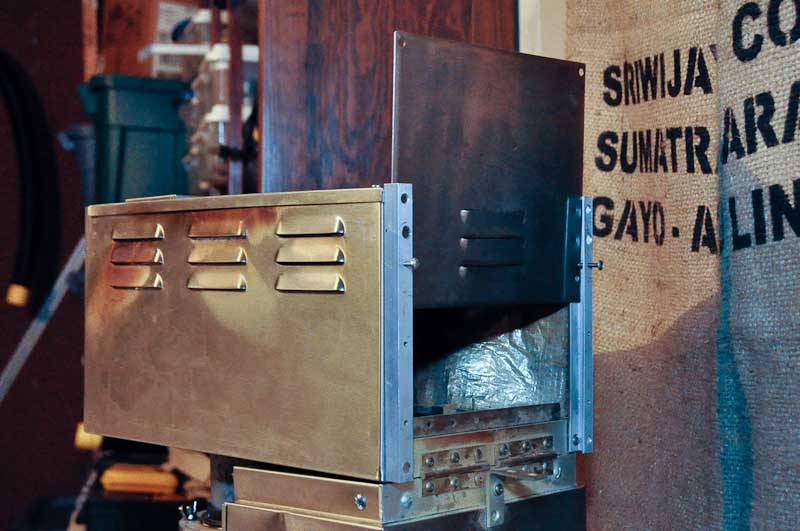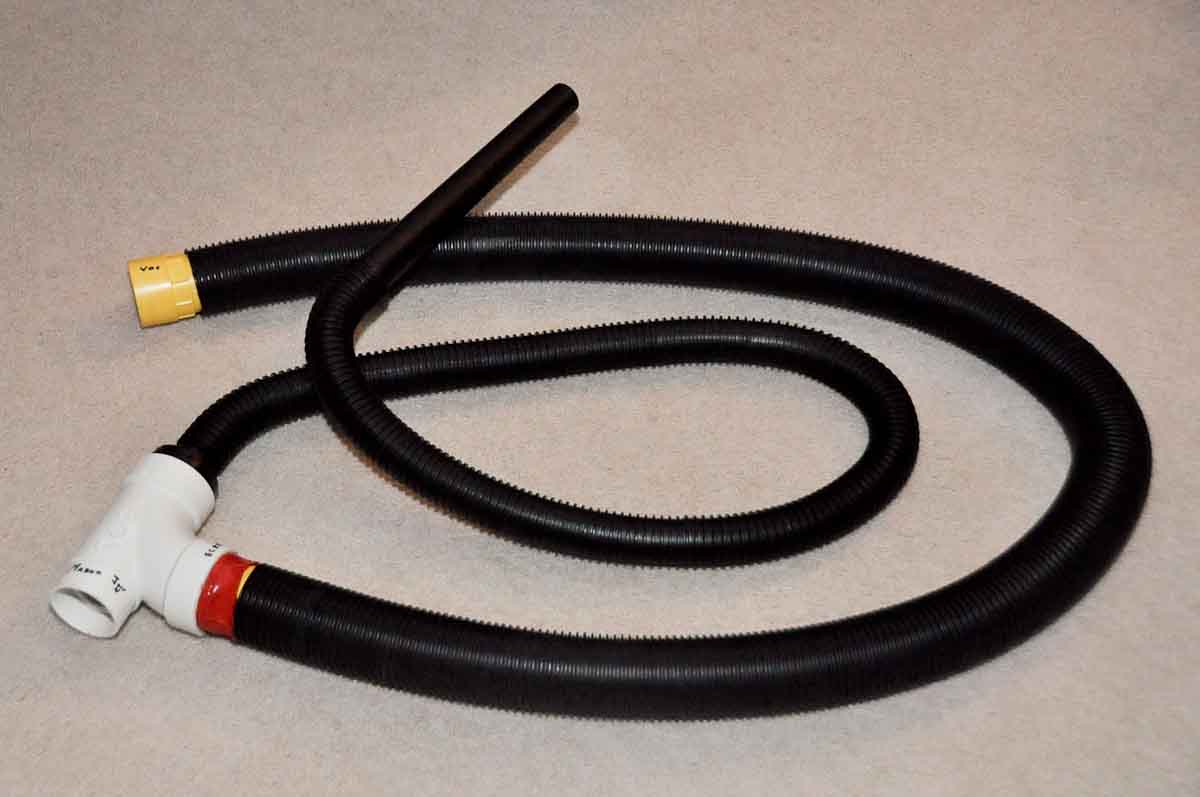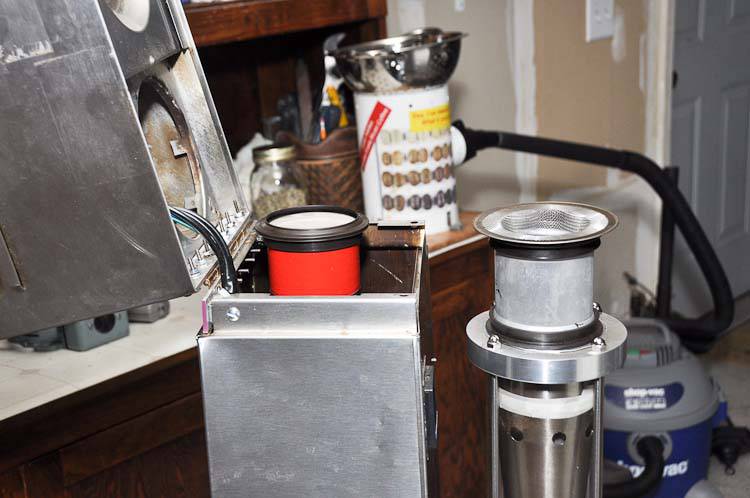
Login
Shoutbox
You must login to post a message.
renatoa
07/26/2024 3:49 PM
Bill grubbe and Jk, 

allenb
07/26/2024 5:15 AM
Spiderkw Welcome to HRO!


renatoa
07/24/2024 8:31 AM
ramiroflores and John123,

 ?
?

 ?
?renatoa
07/21/2024 1:18 AM
 , Luislobo
, Luisloborenatoa
07/19/2024 11:28 AM
Koepea, 

Forum Threads
Newest Threads
Skywalker roaster modsBackground Roast Iss...
Hello from Arkansas
TC4ESP
Green coffee reviews
Hottest Threads
| Skywalker roaster... | [375] |
| TC4ESP | [115] |
| War on Farmers by... | [47] |
| Adventures in flu... | [26] |
| Hello! (soon) Roa... | [17] |
Donations
Latest Donations
dmccallum - 10.00
JackH - 25.00
snwcmpr - 10.00
Anonymous - 2.00
Anonymous - 5.00
dmccallum - 10.00
JackH - 25.00
snwcmpr - 10.00
Anonymous - 2.00
Anonymous - 5.00
Users Online
Guests Online: 5
Members Online: 0
Total Members: 8,393
Newest Member: Bill grubbe
Members Online: 0
Total Members: 8,393
Newest Member: Bill grubbe
View Thread
Who is here? 1 guest(s)
|
Brewer to Roaster..blower question...
|
|
| oldgearhead |
Posted on 12/17/2012 7:28 PM
|
|
1 1/2 Pounder  Posts: 1128 Joined: February 10, 2011 |
The unit is still running just fine. Here's a couple of notes: 1) Noise - I added extra pyramid foam in a couple of spots and the 'cracks' are now very easy to hear. I'm not using the bronze muffler. 2) The 40 mesh and the 120 mesh screens still have the chaff under control, and another tear down of the blower indicates very little accumulation. The 160?F inlet air temperature doesn't seem to bother the blower either. 3) Here is a photo of the air-mixing box. The 'ambient' door is shown at the 40?F setting. The door is raised when the garage is warmer. I did have it a bit lower last winter when it was below 40?F in the garage for a few roasts. The idea is to maintain an inlet air temperature between 150?F and 160?F.
oldgearhead attached the following image:
No oil on my beans...
|
|
|
|
| oldgearhead |
Posted on 07/04/2013 8:34 AM
|
|
1 1/2 Pounder  Posts: 1128 Joined: February 10, 2011 |
Two years ago this week I started roasting coffee with this fine machine. It has performed flawlessly (after a couple of rough starts). I have replaced no parts! The old, used, Ametek/Lamb, two-stage, flow-through, blower (removed from a Sundance spa) seems to thrive on 150?F intake air. Furthermore, two screens easily control and contain the chaff. I roast an average of four, 440 gram batches of wet-processed green coffee per week. Batch size is 440 gram so it fits in a one-quart Mason jar. I use mostly wet-processed greens so I don't have to clean-up. Roast times are in the 11-14 minute range, and I usually stop before second-crack. This spring, I did make a modification to the top of the RC. I made the coarse screen (Wal-Mart sink strainer), three-inch extension, and the silicone seals, into one assembly. This mod makes working with the RC faster and easier. Happy 4th to all my friends at/on HomeRoasters dot org! ...
oldgearhead attached the following image:
Edited by oldgearhead on 07/04/2013 8:46 AM No oil on my beans...
|
|
|
|
| oldgearhead |
Posted on 10/17/2013 8:25 AM
|
|
1 1/2 Pounder  Posts: 1128 Joined: February 10, 2011 |
Just a note about fluid-bed roaster control: For most of the first two years of my roaster's life, I adjusted the % on time of the SSR during each roast (note, measured watts at 119VAC): 1) Drying = 70%/ 1075Watts/ 500?F 2) Ramp-to-first-crack = 90%/ 1389watts/ 650?F 3) Finish = 80%/ 1234watts/ 610?F However, this summer and fall I have not been doing that. Instead I have been setting the % on-time based on the bean I'm roasting, and only adjusting the blower during each roast. The beans in the RC seem to respond quicker to air flow changes than to heater element changes. In other words: __Decaf (low test weight) = 70%/ 1075watts/ 500?F __Decaf & Brazil (normal test weight) = 75%/ 1150watts/ 550?F __SHG = 80%/ 1234watts/620?F My set-up probably has more inertia than non-recycling roasters. However, maybe not so much. I turn down the air-flow at 3,6,& 7 minutes and turn it back up during a strong first crack..Try it!
oldgearhead attached the following image:
No oil on my beans...
|
|
|
|
| oldgearhead |
Posted on 11/22/2013 7:54 AM
|
|
1 1/2 Pounder  Posts: 1128 Joined: February 10, 2011 |
I member just asked me for more detail about the bean evac. The only thing I posted was a short video of me 'fumbling' around with it a couple of years ago. I think that is post 113 in this thread. What I use is called a 'J-tube' in the grain industry. Vacuum is applied at the two-inch yellow fitting (I can use either my shop vac or the roaster's air intake). There is a 40 mesh screen inside the white PVC tee fitting, located in the 'red tape' area. I believe the rule for a 'J-tube' is the suction line should be a larger diameter than the material line. The white PVC fitting fits inside the neck of a Mason jar and the black wand goes into the beans.
oldgearhead attached the following image:
No oil on my beans...
|
|
|
|
| oldgearhead |
Posted on 07/15/2014 12:57 PM
|
|
1 1/2 Pounder  Posts: 1128 Joined: February 10, 2011 |
The roaster has ran perfectly for for 3 years now with no failures! Bean count around 1800 pounds (green). I've roasted in ambient temperatures ranging from 15?F to 95?F. The only issue has been with a couple of dry process beans that produce large size chaff, I must roast smaller load sizes... |
|
|
|
| oldgearhead |
Posted on 07/09/2015 10:05 AM
|
|
1 1/2 Pounder  Posts: 1128 Joined: February 10, 2011 |
Year Four Recently I?ve been looking into the basics of my unique, 120V, 15A, heat-reclaiming, 500g, fluid-bed, coffee roaster. I?ve know for quite some time that this roaster works well, but I wasn?t exactly sure why. For the first couple of years I: 1) Kept trying to perfect my baffle chaff collector. 2) Struggled to settle on a repeatable bean-mass- temperature system. 3) Adjusted the air temperature three to four times during each roast. I completely abandoned all that a little over two years ago. 1) Chaff collection - A simple 40 mesh sink strainer from Lowe?s or Wal-Mart keeps all the chaff in the RC until after cooling. Then the chaff is simply vacuumed off the top of the beans. 2) BMT - Not Necessary at all because I?ve mapped the relationship between flow rate and the process variable air temperature. 3) PID - Was a total waste of time for me. I use the T@CFM information to pre-select the roast wattage based on bean type and bean percent moisture content. 4) RoR ? Rate of rise is controlled by two things: the air flow and the ever advancing heat-reclaiming system. Summary: A) Reliability ? No failures of any component during the past four years. B) If the 1550 watt heating element I use is capable of 1000?F at 23 CFM (Master Appliance claim), what temperature can be expected during an average roast? In my roaster the CFM is at 58-64 during the first three minutes and 35-40 during the last three minutes. So let?s map that range with no beans. I use a heater wattage setting of 1175 (75% of the heater?s current wattage of 1565) because that?s the setting I?m using for 500 gram loads of Daterrra Sweet Blue I?m roasting this week. The real-time roast adjustments are made with only the blower control.
oldgearhead attached the following image:
No oil on my beans...
|
|
|
|
| oldgearhead |
Posted on 07/08/2016 12:54 PM
|
|
1 1/2 Pounder  Posts: 1128 Joined: February 10, 2011 |
FIVE YEARS! The only failure my 120 volt, 1550 watt, heat reclaiming, fluid-bed roaster experienced was one 120 mesh screen. Probably too much hard brushing. Today, in a temperature of 32?C (89.6?F) I used only 977 watts each to roast two 440 gram batches.
oldgearhead attached the following image:
No oil on my beans...
|
|
|
|
| Rostikalsongen |
Posted on 08/31/2016 12:27 PM
|
|
Newbie  Posts: 3 Joined: August 30, 2016 |
Hello, I really like the design of your roaster, looks very professional. Like you, I want to build a roaster for a half, maybe one kilo and make it heat reclaiming. The one thing holding me back so far would be what kind of fan that could handle these temps, and then I ran into this thread where it seems that you use a standard air pump AND run the hot air through PVC pipe. Is this correct? How does that compute? |
|
|
|
| seedlings |
Posted on 08/31/2016 8:26 PM
|
|
1 1/2 Pounder  Posts: 4226 Joined: June 27, 2007 |
Quote Rostikalsongen wrote: Hello, I really like the design of your roaster, looks very professional. Like you, I want to build a roaster for a half, maybe one kilo and make it heat reclaiming. The one thing holding me back so far would be what kind of fan that could handle these temps, and then I ran into this thread where it seems that you use a standard air pump AND run the hot air through PVC pipe. Is this correct? How does that compute? Well you'll have to study up on venturi effect!! CHAD Roaster: CoffeeAir II 2# DIY air roaster
Grinder: Vintage Grindmaster 500 Brewers: Vintage Cory DCU DCL, Aeropress, Press, Osaka Titanium pourover |
|
|
|
| oldgearhead |
Posted on 09/02/2016 8:02 AM
|
|
1 1/2 Pounder  Posts: 1128 Joined: February 10, 2011 |
Been roasting two or three times per week for five years with no failures except one, used, 120 mesh, input screen. The PVC pipe has worked well I run it between 120-150 DF (I don't let it get above 150 DF). I don't adjust the roast temperature during a roast, only the air flow and I set the temperature at a certain percentage of the 1550 watt heater, based on the ambient temperature. It does run close 30 amps when using a DC drive for speed control but about 24 amps with the Variac. It's circuit is 120 volts/40 anp with 10 gauge wire. It would run fine of a normal 120V/20 amp circuit if I has a smaller, say 1000-1200 watt heater. It is kind of nice to be able to roast in 20 DF ambient though, but not fun.. Edited by oldgearhead on 09/02/2016 8:17 AM No oil on my beans...
|
|
|
|
| oldgearhead |
Posted on 09/02/2016 8:38 AM
|
|
1 1/2 Pounder  Posts: 1128 Joined: February 10, 2011 |
The vac motor used is a standard two-stage, flow-through, 120V spa/vacuum blower, Crossed drilled between blower and heater to keep the motor RPMs up a bit for more cooling. It was used on a Sundance spa before I got it and it's still running fine.The Sundance boots are very hard to find.
No oil on my beans...
|
|
|
|
| Rostikalsongen |
Posted on 09/02/2016 2:07 PM
|
|
Newbie  Posts: 3 Joined: August 30, 2016 |
Quote seedlings wrote: Quote Rostikalsongen wrote: Hello, I really like the design of your roaster, looks very professional. Like you, I want to build a roaster for a half, maybe one kilo and make it heat reclaiming. The one thing holding me back so far would be what kind of fan that could handle these temps, and then I ran into this thread where it seems that you use a standard air pump AND run the hot air through PVC pipe. Is this correct? How does that compute? Well you'll have to study up on venturi effect!! CHAD Absolutely fabulous knowledge learned there, especially since my work involves how air flows and behaves, very interesting. Although, I can?t relate to how the temp would drop if there is a constricted part of the tubing system, or do you mean that the fan somehow decreases the temp? Help me understand this magic! |
|
|
|
| oldgearhead |
Posted on 09/03/2016 9:49 AM
|
|
1 1/2 Pounder  Posts: 1128 Joined: February 10, 2011 |
I use venturi effect only for moving the roasted beans to the storage vessel using a 'J' tube very simple. The heat available in an electric heat gun element is inversely affected by the air flowing through it. Example: my heat gun element is capable of 1000 DF, but that is at 23 CFM. I know that 23 CFM is not enough to move a half- kilo of green beans located in a Bake-A-Round but 60 CFM is and 40 CFM is enough for roasted beans. So profiles can easily be managed by varying the blower speed throughout the roast.. My roaster can easily roast half-kilo loads of washed green beans. However, it has difficulty with some dry-processed beans at half-kilo. Because of this and the limitation of the volume of a Mason jar I usually roast 420-440 gram loads... No oil on my beans...
|
|
|
|
| walt_in_hawaii |
Posted on 10/13/2016 1:46 PM
|
|
1/4 Pounder  Posts: 133 Joined: August 24, 2016 |
Thanks, OGH. Is the limitation on your 500 gram load on the heat element or on the ability of the blower to loft the beans? How close to the maximum are you pushing your blower when beans are green? I think I have the same bake-a-round cylinder as you; I'm shopping for a blower (hope you don't mind if I borrow some of your ideas) and I think yours was 1.5hp? So if your 1.5hp is close to maxing out at 500 grams, that's good enough for me, I don't think I would ever go bigger than about 400g. (current load is 200g in my P1). I'm curious about the 'pipe' that was mentioned I think by Roaster Rob. He had mentioned fooling around by sticking a pipe down into the bean mass over the vent; did anyone followup by making a design that incorporates this idea? seems like you could get a smaller blower to move more beans this way... IF you already have enough heat for the beans. However, it kinda makes sense... seems the blower air energy is dissipating rapidly once it clears the screen and probably vents outward in a cone shape, but as the force is strongest near the center column, that's all you actually see; a small fountain in the middle if its a symmetric center design like yours. Confining it using a tube hovering over the screen confines the force coming out of the screen and doesn't allow it to dissipate, so it forces the beans higher. This would be a way to increase the efficiency or move more beans with a smaller blower, sort of a ducted fan effect (lets call it ducted blower). But, its useless if you don't have enough heat for that bean mass. Thus my question. aloha, walt |
|
|
|
| oldgearhead |
Posted on 10/13/2016 3:03 PM
|
|
1 1/2 Pounder  Posts: 1128 Joined: February 10, 2011 |
My limitation with a Bake-A-Round is not the power of the blower (vac motor), but in the tube cooling after the roast is finished. The beans expand quite a bit during roasting and I don't have enough room in the tube to cool much more than 500 grams at high blower speed. Also a Mason jar will only hold 420 grams of washed beans and 450 grams of decaf beans. Some, not all, dry processed beans shed so much chaff that I am limited to a smaller (350 grams) loads. Remember my manifold is cross-drilled between the blower and the heater. Cross-drilling raises the RPM of the blower to help keep it cool. Remember also I have feed this used blower 120-150?F intake air for almost six years..They are very good blower/motors.. No oil on my beans...
|
|
|
|
| oldgearhead |
Posted on 10/13/2016 3:21 PM
|
|
1 1/2 Pounder  Posts: 1128 Joined: February 10, 2011 |
The device that I use to transfer the roasted beans from the Bake-A-Round to a Mason jar has a 2.00 inch inlet to the shop vac , a 1.25 inch pick-up and a tee.. The tee fits a Mason jar.
oldgearhead attached the following image:
No oil on my beans...
|
|
|
|
| Jump to Forum: |
Powered by PHP-Fusion Copyright © 2024 PHP-Fusion Inc
Released as free software without warranties under GNU Affero GPL v3
Designed with ♥ by NetriXHosted by skpacman










